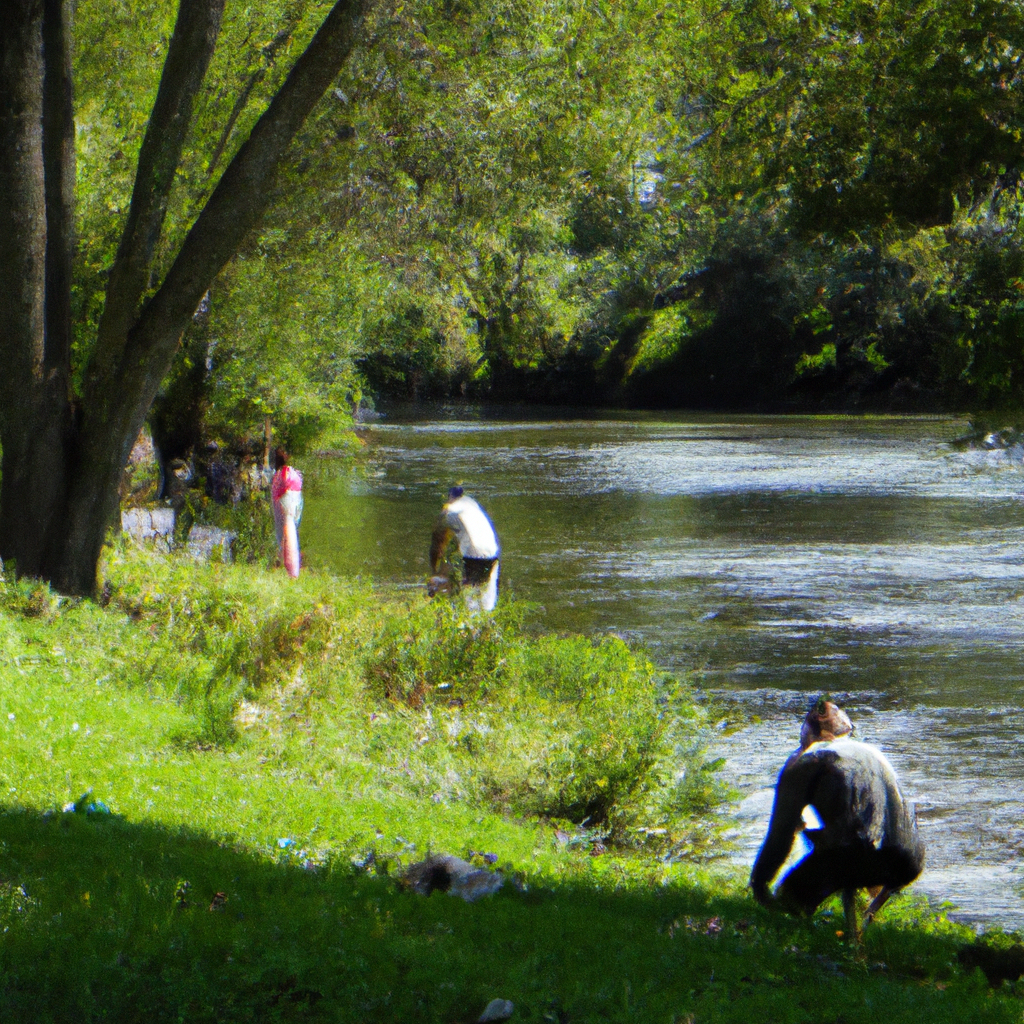
As humans, we have a responsibility to protect our environment and its resources. One of the most important resources is water, and the Pajaro River is a vital water source for the communities it runs through. Unfortunately, the river is facing a significant pollution problem, which is affecting the quality of life for both humans and wildlife. In this article, we will discuss the factors contributing to this issue and what we can do to help protect the Pajaro River from pollution.
Understanding the Pajaro River Watershed
Before we dive into the pollution problem, it’s essential to understand the Pajaro River watershed. The Pajaro River watershed covers approximately 1,300 square miles and includes parts of Santa Clara, San Benito, and Monterey counties. The river originates in the Santa Lucia Mountains and flows northwest through agricultural lands before emptying into Monterey Bay. The watershed is home to diverse flora and fauna, including several endangered species like the California red-legged frog and the California tiger salamander.
Identifying the Pollution Problem
The Pajaro River is facing a significant pollution problem that is affecting water quality and the ecosystem. The primary sources of pollution are agriculture, urban runoff, and wastewater discharge. Agricultural runoff is a major contributor to water pollution, as pesticides, herbicides, and fertilizers used in farming can contaminate the river. Urban runoff, which carries pollutants like pet waste, oil, and trash, is another significant problem. Wastewater discharge from treatment plants and septic systems can also contribute to water pollution.
The pollution has resulted in high levels of bacteria, sediment, and nutrients in the river, which can be harmful to both humans and wildlife. The sediment can smother or bury aquatic habitats, while the nutrients can cause excessive algae growth, which depletes oxygen levels in the water, making it difficult for fish and other aquatic life to survive.
What Can We Do to Help Protect the Pajaro River?
Protecting the Pajaro River from pollution requires a collective effort from the community. Here are some actions we can take to help protect the river:
1. Reduce Water Usage
Reducing water usage can help reduce wastewater discharge, which is a significant contributor to water pollution. Simple actions like turning off the tap while brushing your teeth or fixing leaky faucets can go a long way in conserving water.
2. Properly Dispose of Hazardous Waste
Household hazardous waste such as pesticides, batteries, and cleaning products should be disposed of properly. Contact your local waste management agency for information on how to dispose of hazardous waste safely.
3. Reduce, Reuse, and Recycle
Reducing, reusing, and recycling can help reduce the amount of waste that ends up in landfills, which can ultimately reduce pollution in the Pajaro River. When shopping, choose products with minimal packaging and recycle items like plastic bottles and aluminum cans.
4. Support Sustainable Agriculture
Supporting sustainable agriculture practices can help reduce the amount of pesticides, herbicides, and fertilizers used in farming, which can ultimately reduce pollution in the Pajaro River. Choose locally grown and organic produce when possible.
Conclusion
Protecting the Pajaro River from pollution is crucial for the community’s well-being and the environment’s health. By taking simple actions like reducing water usage, properly disposing of hazardous waste, and supporting sustainable agriculture, we can all play a role in protecting this vital resource. It’s up to us to take action and make a difference.

